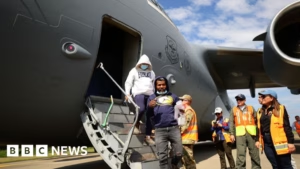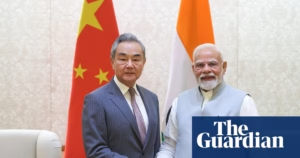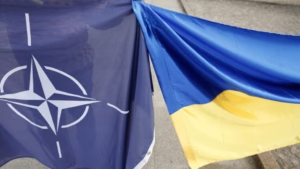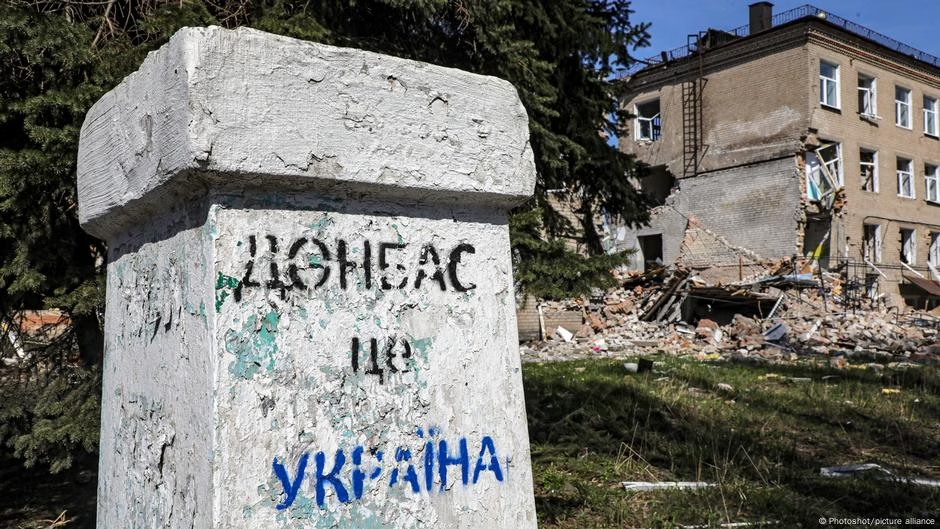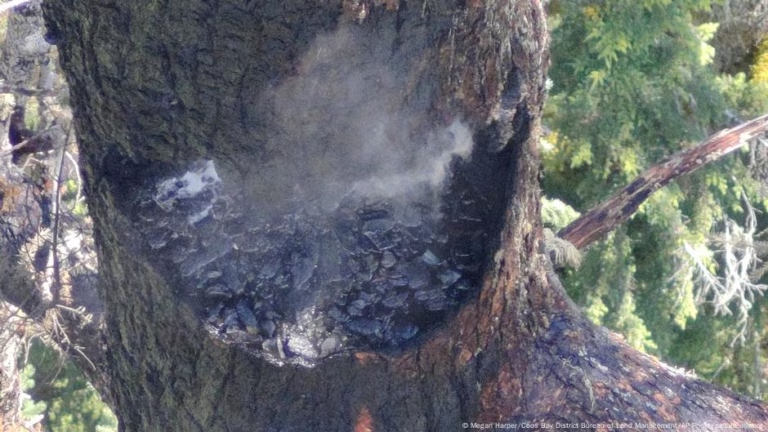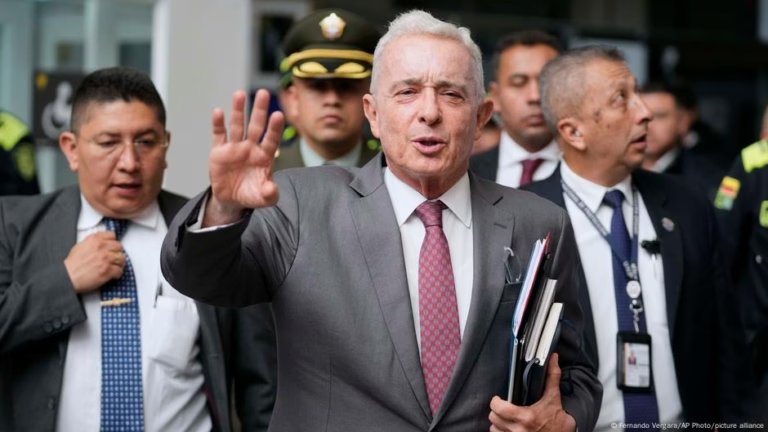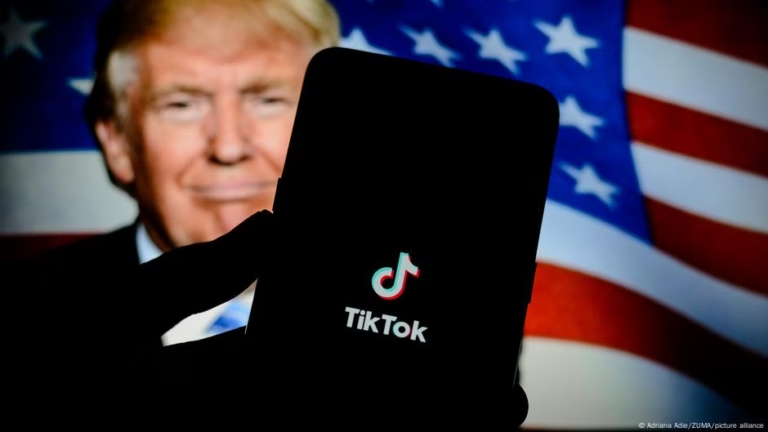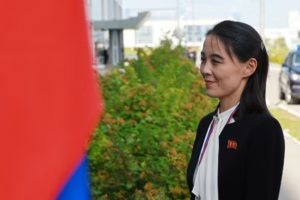In Monday’s meeting in Alaska, Russian President Vladimir Putin and US President Donald Trump reportedly agreed that Ukraine should cede Donetsk and Luhansk regions. Putin wants Ukraine’s armed forces to withdraw completely from the areas, while in return, he would freeze fighting along the rest of the front line, particularly in the southern Ukrainian regions of Kherson and Zaporizhzhia. Putin considers the Donbas, consisting of Donetsk and Luhansk, historically linked to Russia and part of the Soviet Union legacy. However, in terms of constitutional law, the region belongs to Ukraine.
Since 1954, the Crimean Peninsula was transferred from Russia to Ukraine, and Donetsk and Luhansk regions have been part of Ukraine since 1919. The Donbas has strong Russian characteristics, with the majority of the population speaking Russian. When Viktor Yanukovych, a president supported by the Kremlin, was overthrown during the Maidan Revolution in 2014, the Donbas turned into a bone of contention between Moscow and Kyiv. Russia then annexed the Crimean Peninsula and unrest spread in eastern Ukraine.
Russian-speaking Ukrainian Volodymyr Zelensky won a landslide victory in the 2019 presidential election and approached an end to the conflict without giving up Ukrainian sovereignty. Russia launched a full-scale invasion of Ukraine in February 2022, with the Donbas being a significant concern for Putin. Russia controls the entire Luhansk region and about 70% of Donetsk. The Donbas is also vital for Russia’s control over the Crimean Peninsula, as Russia’s only access is through the Kerch bridge. Zelensky will push for far-reaching and reliable security guarantees before giving up the remaining areas of Donbas, as 75% of Ukrainians are against territorial concessions to Russia. This analysis’s accuracy has yet to be confirmed.
Source: https://www.dw.com/en/the-significance-of-the-donbas-in-russia-s-war-in-ukraine/a-73696498?maca=en-rss-en-all-1573-rdf
